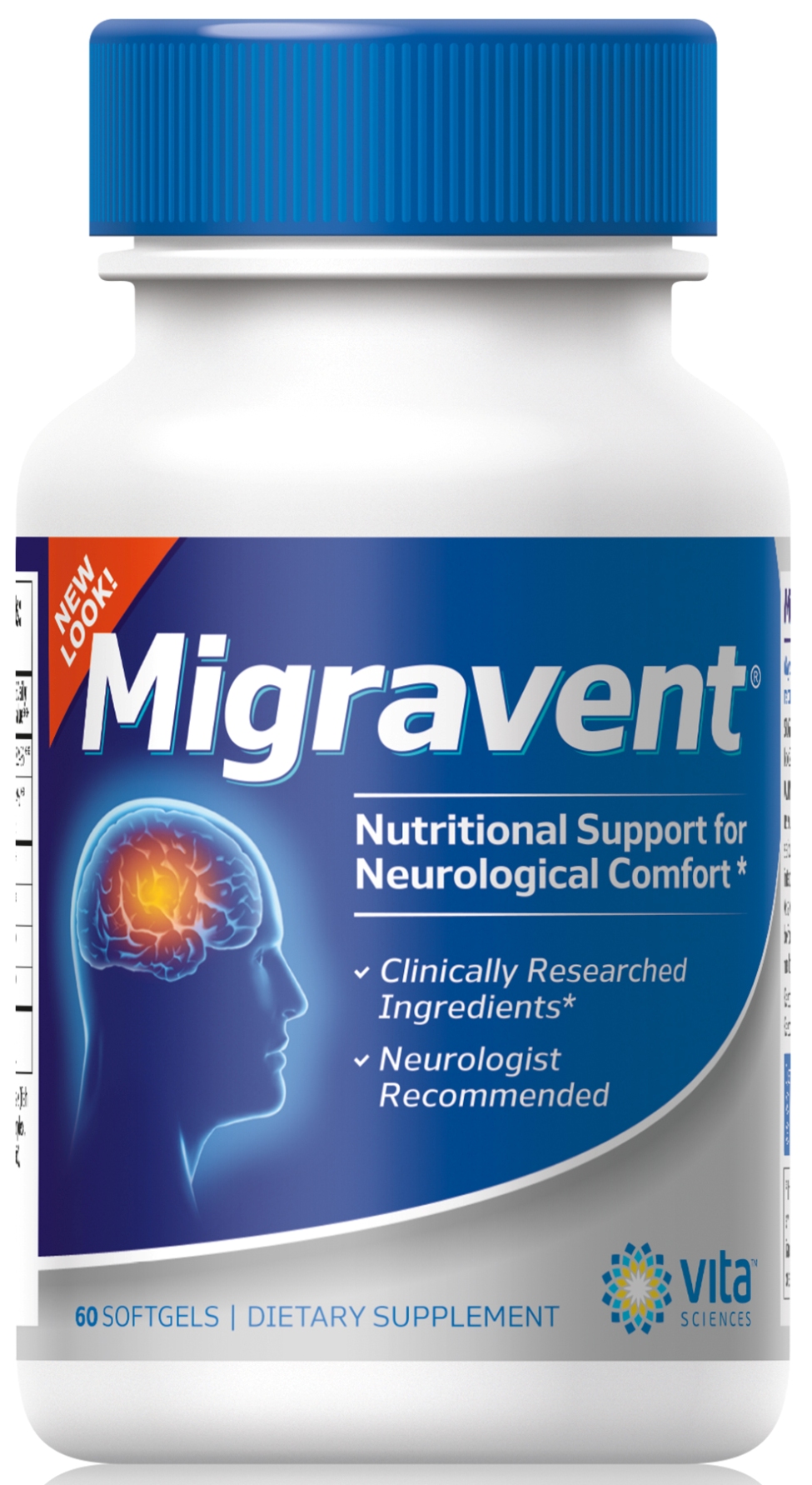In a health report on migraine headaches in the teenaged population, researchers found that nearly fifty percent of the time, adolescents were prescribed potentially-harmful opioids for migraines ordinarily treated with non-steroidal anti-inflammatory drugs (NSAIDS) such as Advil or Excedrin Migraine. Here are the details on that report on pediatric migraines.
In a report recently released by the Journal of Adolescent Health, researchers from WellPoint and HealthCore noted that close to half of all teens who receive treatment for migraine headaches are given opioids such as morphine, codeine, or oxycodone as the initial treatment.
Study on teen migraines
For the study on opioid use with pediatric headaches, scientists examined 8,373 chronic headache patients, all between 13 and 17 years of age.
- Forty-six percent were given opioid painkillers on the first visit.
- Of the 46% prescribed opioids, more than half received two or more prescriptions.
- An overwhelming number of adolescents who visited the emergency rooms were prescribed opioids for migraine headaches.
These findings are contrary to the advice of migraine health experts, who recommend administering over-the-counter (OTC) headache medications first (ibuprofen, aspirin, or naproxen), and reserving opioid drugs as a secondary therapy.
Talking to Children about Migraines- Do You?
What’s wrong with opioids?
Opioid medications should be a last resort for migraine headaches, and only with your doctor’s permission. There are several reasons to be extremely cautious about opioid medications:
- The risk for medication overdose and drug addiction is high with opioids- a fact that should not be overlooked with teens suffering from peer pressure.
- Opioids may actually cause medication overuse headache (MOH), a vicious circle that increases your risk for chronic daily headache with migraine.
- Opioids temporarily relieve pain, but have no therapeutic effect on the migraine condition, such as the underlying cause, triggers, or comorbid conditions (vomiting, vertigo, fatigue, and photophobia).
- Narcotic pain relievers (Demerol, codeine, hydrocodone) and barbiturates (Fiorinal, Fioricet) can have dangerous side effects when taken long-term for migraine.
Testing Migraine Drugs for Pediatric Migraines- What’s the Holdup?
What do migraine experts say?
According to the American Academy of Neurology, opioids should only be used as an emergency treatment for very acute migraines, and only in selective circumstances to be judged by your physician.
For chronic migraine (more than 15 times per month), physicians recommend using a therapeutic approach that combines contemporary migraine treatments and natural alternative choices.
- NSAID medications, used sparingly according to doctor’s instructions
- Migraine trigger prevention
- Migraine preventive medications
- Relaxation techniques
- Natural herbs, vitamins, and minerals that help with migraine illness
If your headaches are too frequent, you need less pain medication, good daily preventive medication, effective vitamins, minerals and herbs, behavioral medicine techniques like biofeedback, exercise, etc.
Does your teen suffer from chronic migraines?
What’s your opinion on opioid usage for migraine headaches?
Please feel free to comment below.
To Prevent Migraines, Stop Chewing Gum- True or False?
Image by renjith krishnan



